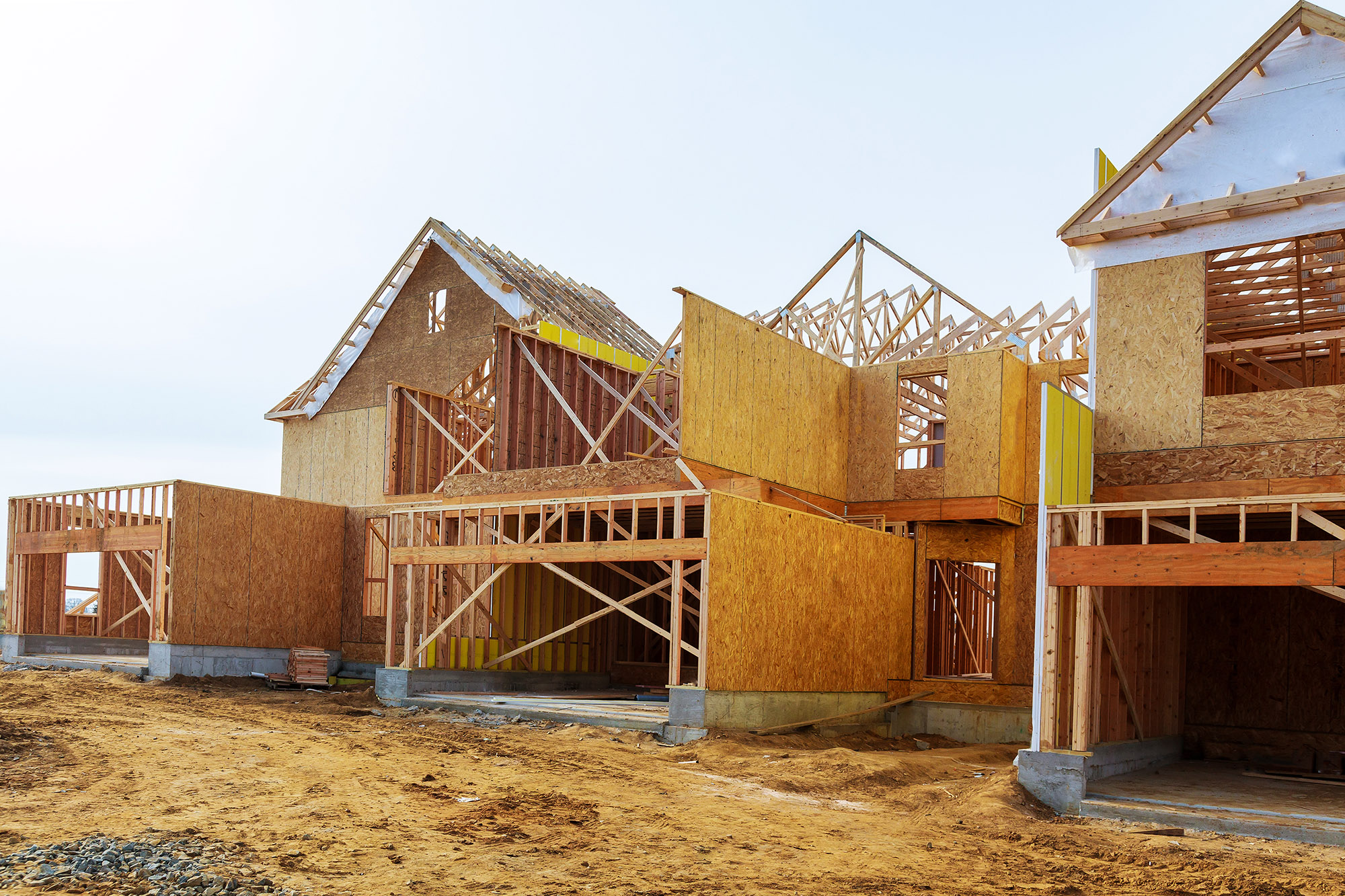Power to the Neighborhoods: NYC Growth Politics and the Origins of the Housing Crisis
Around 1970, an unprecedented movement emerged across American cities that favored redistributing control of urban government to neighborhoods. While “neighborhoodism,” as the New Yorker writer Calvin Trillin called it, had long been embraced by some conservatives, such as pundit William F. Buckley, Jr. and Boston school integration opponent Louise Day Hicks, a distinguishing feature of this political trend was its newfound appeal to Democrats disillusioned by the New Deal model of liberalism. In a new working paper, I argue that while the subsequent shift to neighborhood-oriented policies brought much-needed stability to city life for some, it also set the stage for the current severe housing shortages plaguing most major US cities.
Using New York City as a case study, “Power to the Neighborhoods!” shows how, in the wake of the turbulent urban transformations of the postwar decades, the neighborhood became both the physical site and the conceptual foundation on which liberals rebuilt their urban policy into the 60s, 70s, and beyond. But this new “neighborhood liberalism” was more than a theoretical shift. It also brought tangible reforms to many of the country’s largest municipal governments, devolving power to the community level and reordering the policy priorities that urban liberals expected of their politicians.
The shift began in the 1960s and 1970s, when a new generation of left-of-center politicians from coast to coast—including New York’s Ed Koch, Boston’s Kevin White, and San Francisco’s George Moscone and Harvey Milk—ascended to office on platforms that praised neighborhood life, railed against the “downtown interests,” and rejected the centralized bureaucratic structures they saw as redolent of the excesses and injustices of midcentury urban policy.
During this time, more than 175 cities moved from at-large elections toward decentralized systems featuring districts or wards. A nationwide Gallup poll, conducted in 1977, revealed that only 8 percent of city-dwellers still wanted to move to the suburbs—an astounding turn of events after more than three decades of suburbanization. By contrast, 85 percent said they took pride in their neighborhoods and their cities. Additionally, more than 40 percent of respondents wished to join, or already belonged to, a neighborhood organization, and a majority said they would take “direct action in defense of their neighborhood when it is threatened.”
The shift toward neighborhood liberalism affected many aspects of city life, but its greatest impact was on policies related to growth and development. Whereas midcentury liberalism embraced large-scale residential and commercial projects intended to keep cities desirable and competitive, the new generation of neighborhood liberals was more ambivalent about growth. In fact, many believed it was an outdated obsession which had wreaked self-evident harms on vulnerable urban communities and was incongruent with the goals of their movement. In places like New York, the 1970s saw voters and policymakers enact laws and implement processes that slowed the pace of growth by requiring neighborhood input in the real estate development process.
In the paper, I focus in particular on New York City’s sixty-two community boards, a once-obscure array of local councils that were given significant new decision-making powers over land use as a result of major reforms to the city charter that were approved by voters in 1975. While many neighborhood liberals envisioned community boards as New York’s most significant attempt to implement direct democracy—“New England town meetings” for the modern age—the boards quickly failed to deliver on that promise. Participation in decision-making varied significantly depending on the socioeconomic status of the neighborhood in question. While boards in low-income neighborhoods of color wielded relatively little influence, those in wealthy parts of the city became powerful unelected directorates whose members sometimes made little effort to conceal the discriminatory intent of their antidevelopment decisions.
By the 1980s, antigrowth politics and neighborhood protection had become the common dialects through which New Yorkers of various ideological persuasions tried to make sense of and stake claims to their city’s shifting political environment. Yet it was also evident that the achievements of neighborhood liberalism would not necessarily align with the vision of the movement’s initial proponents. Though intended to bring about a more democratic and participatory mode of urban politics, the devolution of land-use policy instead created a system under which the city had ceded decision-making to a new network middle- and upper-income residents, in practice if not in theory. Consequently, the neighborhood movement, as with others borne of good intentions, leaves a complicated legacy.

